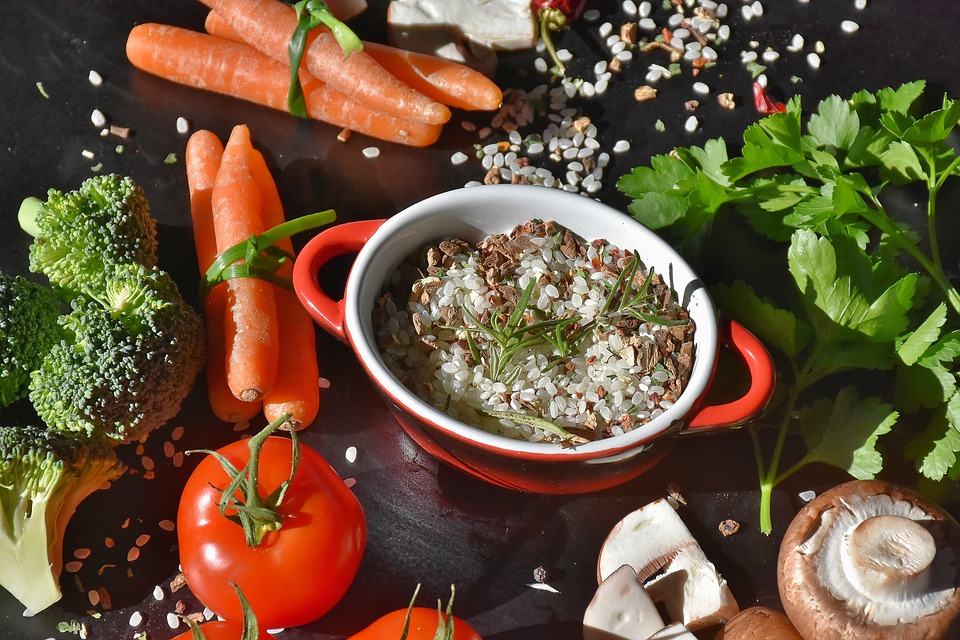How To Get Started On A Raw Food Diet
Getting started on a raw food diet is not all that difficult but does require some attention to your body to the foods you will be buying and preparing. For some people there really isn’t much preparation involved, while for others there is more. Preparation will basically be a matter of taste and choice.
However, in starting a raw food diet there are some things you should know about it before you do. First and foremost, being new to the raw food diet you should talk to your doctor or nutritional advisor for guidance. Switching to a raw food diet will cause your body will go through changes initially and some of those changes could impact your overall health.

A raw diet consists of seventy to ninety percent raw foods. But to switch over from a cooked diet to an uncooked diet from one day to the next can actually shock your body, especially your digestive system. For years you have consumed cooked foods and your body has become accustomed to processing those types of foods. As a general rule of thumb for beginners, you should start out gradually, maybe eating only one raw meal a day, and then slowly work your way toward eating raw at each meal.
One very important thing to note is that a raw food diet has a detoxifying effect on the body. Eating raw foods will actually cleanse the body of toxins and your digestion will improve. However, there are some possible side effects as your body adapts to this new raw food diet. You could experience headaches and nausea, as well as a mild depression. Have no fear as these are only symptoms of your body making adjustments. If these symptoms persist over a long period of time you should decrease the amount of raw food you are consuming and talk to your doctor or nutritionist.
An important part of raw food dieting is to plan your meals. This especially important in the beginning because your body will be craving certain foods as you change your dieting habits. Sugar and salts are a good example of such cravings because our body doesn’t make these on its own but needs them. Many raw fruits and vegetables have natural salts and sugars in them. The point is to monitor your bodily changes and adjust your dieting plan according to your body’s needs.
If you find it difficult to accommodate your body’s needs with the raw foods in your diet plan you might want to consider adding dietary supplements to your diet. Aloe vera gel is a good example of a dietary supplement. However, there are many more supplements available at your local health food store. It is important for you, as you create your raw diet plan, to research raw dieting options. The purpose behind a raw diet is to improve your health, not make it worse.
Another important point about raw food diets is not to mix it with a cooked diet. This doesn’t mean you can’t eat cooked foods while on this diet. But it does mean that, during a meal, you don’t want to mix them. The reason for this is that cooked foods, when mixed with a raw diet, will neutralize many of enzymes and nutrients in the raw food, basically defeating the whole purpose of being on a raw diet. Also, mixing these two types of diets can actually make your digestive system work harder, again defeating the purpose of the raw food diet.
As you get further along in your raw food diet don’t be afraid to try eating your raw foods in different ways. Some people on raw food diets prefer eating their foods in their natural state and don’t cut or blend. On the other hand, there are some who slice, dice, chop, and even blend their raw foods. It’s all pretty much a matter of personal preference, as neither way diminishes they nutritional value of the food.